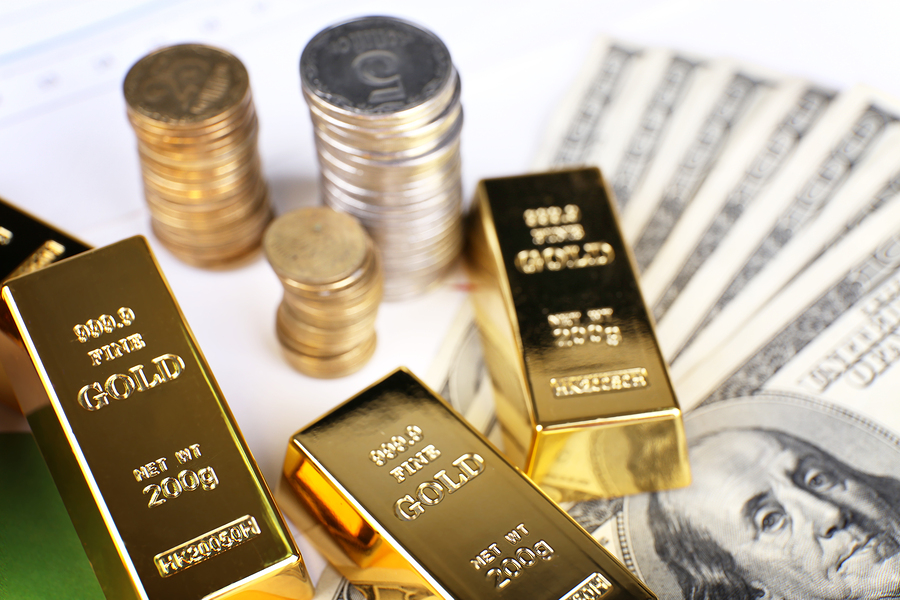Investing in precious metals has long been a strategy for diversifying portfolios and hedging against economic uncertainties. Among the most popular options are gold and silver, both revered for their intrinsic value and historical significance. But when it comes to choosing between the two, is gold or silver a better investment? In this article, we delve into various aspects to provide a comprehensive comparison.
Historical Performance
Gold has been synonymous with wealth preservation throughout history. Its use as currency and jewelry spans millennia, making it a symbol of stability and value. Over the past few decades, gold has consistently shown resilience during economic downturns, often appreciating when other assets falter. Silver, while also prized for its monetary value, has shown greater volatility in its price movements compared to gold. It tends to outperform gold during bullish markets but can experience more significant drops during bearish trends.
Industrial Demand
Unlike gold, silver has extensive industrial applications due to its conductivity and reflectivity properties. It is crucial in electronics, solar panels, and various medical and industrial processes. This industrial demand creates a dual nature for silver as both a precious metal and an essential commodity. Gold, on the other hand, lacks significant industrial use beyond its role in jewelry and investment, relying primarily on its value as a store of wealth and safe-haven asset.
Affordability and Accessibility
Silver is more affordable for individual investors compared to gold. The lower price per ounce allows for smaller investment amounts, making it accessible to a broader range of people. Gold, while more expensive per ounce, offers higher liquidity and easier storage options due to its higher value density. Both metals are traded globally on exchanges, with prices quoted in major currencies, ensuring ease of purchase and sale for investors worldwide.
Market Liquidity and Volatility
Gold’s market liquidity surpasses that of silver, primarily due to its higher market capitalization and established role in the financial system. This liquidity provides investors with the ability to enter and exit positions swiftly, even during times of market stress. Silver’s smaller market size makes it more susceptible to price manipulation and liquidity issues during extreme market conditions. Investors may find trading silver requires careful consideration of market dynamics and timing.
Inflation Hedge and Currency Devaluation
Both gold and silver serve as effective hedges against inflation and currency devaluation. Their finite supply and enduring value make them attractive during periods of monetary uncertainty or when fiat currencies weaken. Historically, gold has been preferred by central banks and institutional investors for large-scale hedging purposes, reinforcing its status as a reliable store of value. Silver’s dual role as an industrial metal and precious metal provides added resilience against economic fluctuations but can lead to greater price volatility in certain market conditions.
Conclusion
Choosing between gold and silver as an investment hinges on various factors, including individual financial goals, risk tolerance, and market conditions. Gold remains the quintessential safe-haven asset, prized for its stability and historical track record. Silver, while offering higher potential returns and industrial utility, comes with greater price volatility and market risk. Both metals play crucial roles in a diversified investment portfolio gold buyers, providing protection against inflation, economic instability, and currency fluctuations.
In summary, the decision to invest in gold or silver depends on weighing these factors against one’s investment objectives and risk appetite. Whether you choose the timeless allure of gold or the industrial versatility of silver, both metals offer distinct advantages in bolstering long-term wealth preservation strategies.



